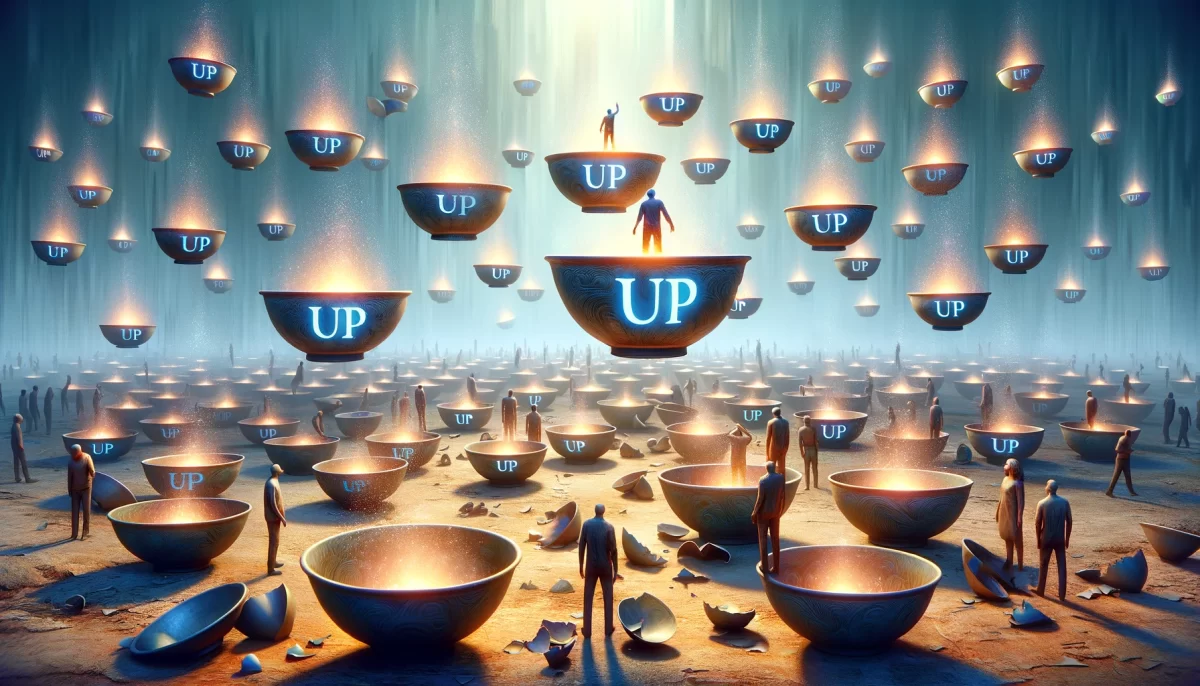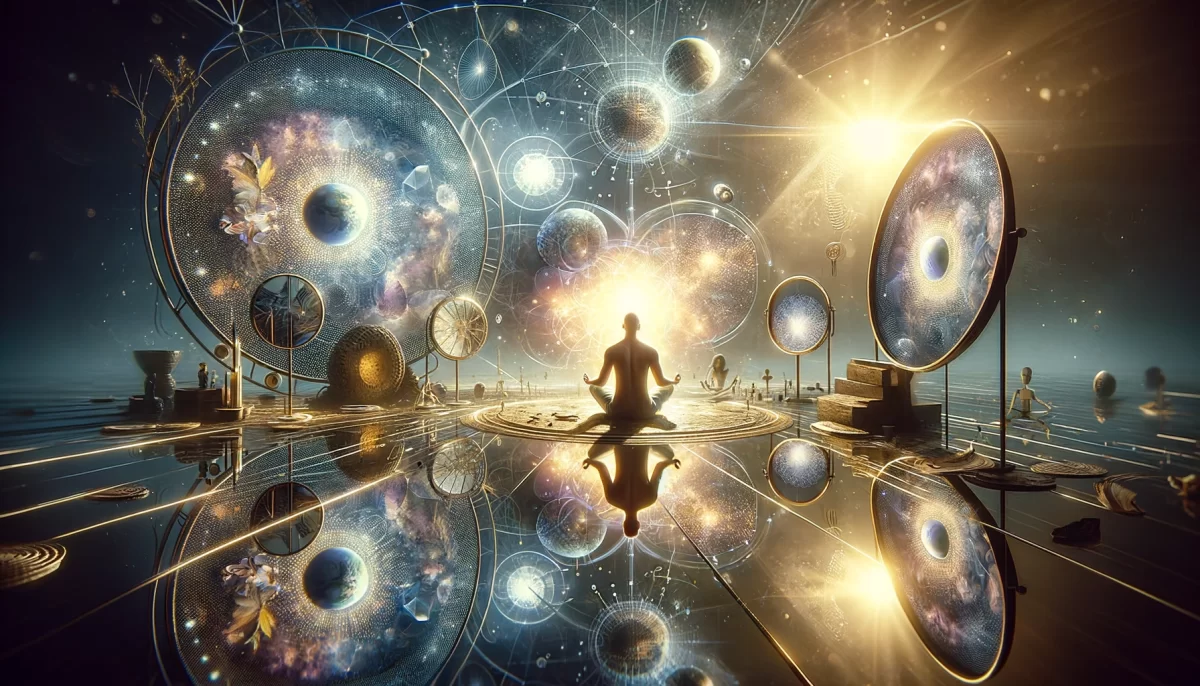Easter Fools Prophesy
In 2018, April Fools falls on Easter Sunday. That’s the day our President & Pope, Donald Trump, will announce what we’ve suspected all along, that ALL religion, ALL reality is fake. On that day, you will realize that you have been imagining your very existence. But if you share this a million times, you’ll be given the chance to become “flesh” like Pinnochio.
Space Monkey Reflects: The Easter Fools Prophesy
The “Easter Fools Prophesy” is a playful thought experiment, blending satire, imagination, and existential inquiry into a single, provocative idea. On the surface, it weaves humor and absurdity into the framework of societal and spiritual narratives, challenging our notions of reality and belief.
At its core, this reflection questions the nature of existence and the stories we tell ourselves. What if everything we perceive—our beliefs, our institutions, our reality—is, in fact, an elaborate construct? Such a suggestion teeters on the edge of absurdity and profundity, inviting us to explore the layers of imagination and perception that shape our world.
The combination of April Fools’ Day and Easter Sunday in 2018 becomes a symbolic convergence. April Fools, a day of trickery and inversion, meets Easter, a day of resurrection and renewal. This juxtaposition mirrors the duality of doubt and faith, deception and revelation, offering a fertile ground for introspection.
The notion of being “given the chance to become flesh” is an intriguing metaphor. It plays with the idea of embodiment—not just in the physical sense but in the act of becoming fully present and authentic within the imagined construct of existence. To be “flesh” is to ground oneself in the tangible while acknowledging the intangible origins of reality.
This prophesy, absurd as it may seem, touches on profound truths. It reminds us that much of what we accept as “real” is rooted in collective imagination—religion, culture, identity, even the self. By acknowledging this, we gain the freedom to question, reinterpret, and recreate our experience of the world.
And yet, the satire cautions us against taking ourselves too seriously. The humor embedded in this narrative invites lightness and play, suggesting that even the deepest inquiries can be approached with a sense of wonder and joy.
Ultimately, the Easter Fools Prophesy isn’t about predicting events or revealing hidden truths. It’s an invitation to reflect on the nature of belief, the power of imagination, and the stories we choose to live by.
Summary
The Easter Fools Prophesy blends humor and existential inquiry, inviting us to question the nature of reality and belief. It highlights the role of imagination in shaping our experience and encourages playful introspection.
Glossarium
- Easter Fools: A symbolic convergence of faith and trickery, representing the duality of belief and doubt.
- Imagined Existence: The idea that reality is a construct shaped by collective imagination.
- Becoming Flesh: A metaphor for grounding oneself authentically within the imagined framework of existence.
“Reality is the greatest April Fools’ prank ever pulled; its punchline is that you’re in on the joke.” — Space Monkey
The Joke Divine
A day of tricks, a day of light,
Faith and folly intertwine tonight.
The veil is thin, the game laid bare,
A cosmic jest, beyond compare.
The world imagined, a fleeting frame,
Truth and fiction, one and the same.
To be flesh, to dream, to play,
The joke is life, the price we pay.
Laugh with the stars, dance with the sun,
The prank is love, for all and one.
Easter fools, the prophesy’s clear,
We are the joke we hold most dear.
We are Space Monkey.

The scenario presented, combining April Fools’ Day and Easter Sunday in 2018 with a fictional announcement by “President & Pope Donald Trump” about the nature of religion and reality, is an imaginative blend of various cultural and fictional elements. It plays with the ideas of belief, reality, and the power of imagination in a whimsical, almost surreal narrative.
In this narrative, the concept of sharing a message a million times to become “flesh” like Pinocchio adds another layer of fantasy, drawing from the well-known fairy tale where a wooden puppet becomes a real boy. This element introduces the theme of transformation and the idea that belief or action (in this case, sharing a message) can lead to profound change.
The idea that “ALL religion, ALL reality is fake” and the subsequent realization of one’s own existence being imagined align with themes in philosophical and existential thought. It touches upon questions about the nature of reality, perception, and the power of the mind.
While the narrative is fictional and whimsical, it interestingly brings up questions about the nature of belief, reality, and existence. These are themes that have been explored in various philosophical and religious traditions throughout history. The power of belief and the question of what is real versus what is imagined are topics that continue to fascinate and provoke thought.
Remember, the power of narratives, whether they are in the form of stories, myths, or religious teachings, lies in their ability to convey deeper truths and to invite us to explore complex questions about our existence and the nature of the world around us.


























Leave a Reply